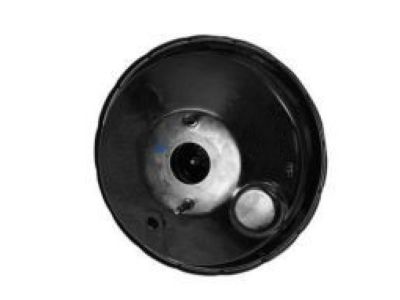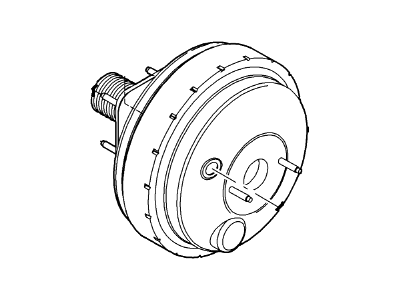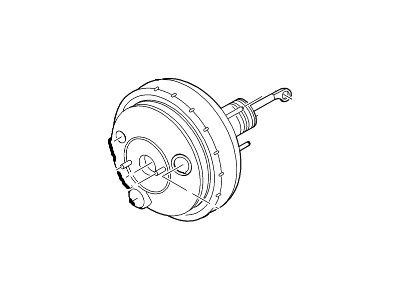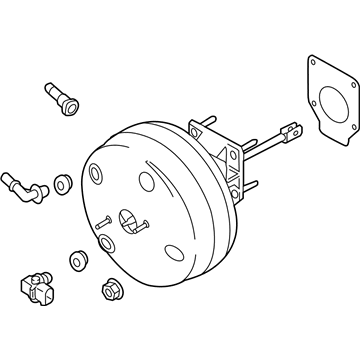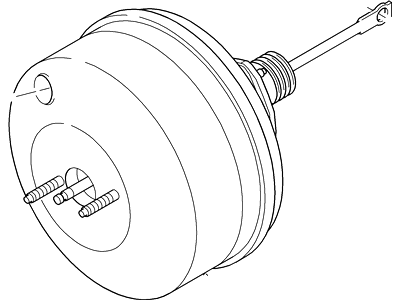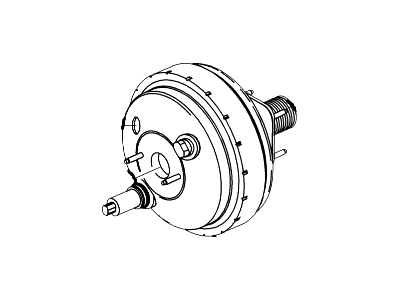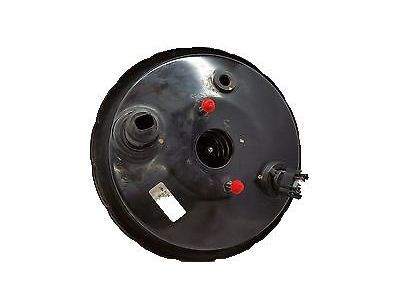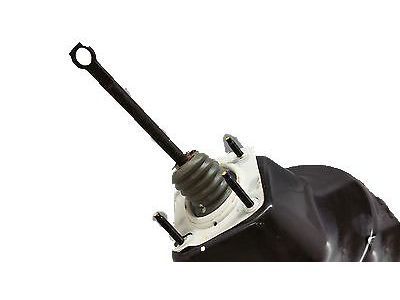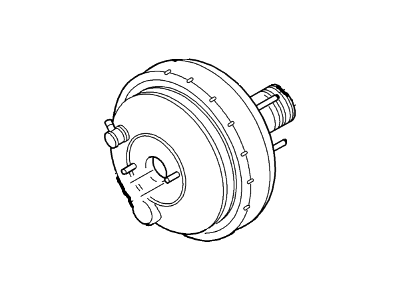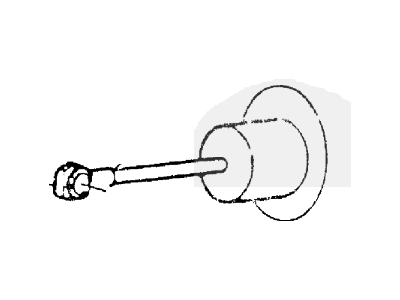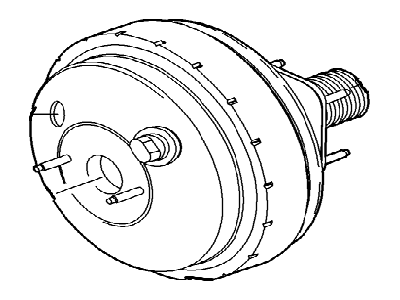

My Garage
My Account
Cart
Genuine Lincoln Navigator Brake Booster
Brake Power Booster- Select Vehicle by Model
- Select Vehicle by VIN
Select Vehicle by Model
orMake
Model
Year
Select Vehicle by VIN
For the most accurate results, select vehicle by your VIN (Vehicle Identification Number).
19 Brake Boosters found
Lincoln Navigator Booster Assembly - Brake
Part Number: AL1Z-2005-A$213.64 MSRP: $356.36You Save: $142.72 (41%)Ships in 1 Business DayLincoln Navigator Booster Assembly - Brake
Part Number: DL3Z-2005-C$219.09 MSRP: $365.45You Save: $146.36 (41%)Ships in 1-2 Business DaysLincoln Navigator Booster Assembly - Brake
Part Number: 5L1Z-2005-AA$827.31 MSRP: $1380.00You Save: $552.69 (41%)Ships in 1-2 Business DaysLincoln Navigator Kit - Brake Booster Repair
Part Number: 2L1Z-2005-DB$266.40 MSRP: $370.07You Save: $103.67 (29%)Ships in 1-2 Business DaysLincoln Navigator Booster Assembly - Brake
Part Number: DL3Z-2005-E$219.09 MSRP: $365.45You Save: $146.36 (41%)Ships in 1-2 Business DaysLincoln Navigator Booster Assembly - Brake
Part Number: JL1Z-2005-A$100.43 MSRP: $160.18You Save: $59.75 (38%)Ships in 1-3 Business DaysLincoln Navigator BOOSTER ASY - BRAKE
Part Number: PL1Z-2005-A$809.76 MSRP: $1314.55You Save: $504.79 (39%)
Lincoln Navigator Brake Booster
Lincoln Navigator cars contain the Brake Booster which is of significant influence as it lessens the force that a driver employs while pressing the brake. It enlarges the hydraulic pressure from the master cylinder by employing a vacuum chamber, and this intensifies the force that a driver applies on the brake pedal. There are two main types of boosters used in Navigator vehicles: includes vacuum-operated boosters and hydraulic boosters. Vacuum boosters work on the difference of vacuum pressure existing inside the engine and atmospheric pressure while hydraulic boosters work on fluid pressure to help in the application of brake. These booster are rather dependable but may wear out from time to time and would have to be replaced. Lincoln Navigator boasts of different performance brake boosters and power brake conversion kits to maximize simple as well as effective braking for any car.
We provide a wide range of Lincoln Navigator Brake Booster at the best prices possible. If you need Lincoln Navigator Brake Booster, you can shop with confidence on our website. All our OEM parts come with a manufacturer's warranty and are delivered to your door step with a fast delivery service.
Lincoln Navigator Brake Booster Parts Questions & Experts Answers
- Q: How to install a power brake booster on Lincoln Navigator?A:Depress brake pedal multiple times with engine off. Check for no change in pedal reserve distance. Depress pedal and start engine. If pedal slightly goes down, operation is normal. Start engine and turn off after 1-2 minutes. Depress brake pedal slowly multiple times. If pedal goes down further first time but gradually rises after second or third depression, booster is airtight. Depress brake pedal while engine is running, then stop engine with pedal depressed. If no change in pedal reserve travel after holding for 30 seconds, booster is airtight. Disassembly requires special tools and is not for home mechanic. If problem arises, install new or factory rebuilt unit. In engine compartment, remove nuts attaching master cylinder to booster and carefully pull forward until it clears mounting studs. Be careful not to bend or kink Brake Lines. On 2005+ Expedition/Navigator models, remove air filter housing and unbolt and set aside degas bottle. Disconnect vacuum hose from power brake booster. Before removing booster, detach intake manifold vacuum hose from booster housing. In passenger compartment, remove cotter pin and Brake Light Switch and disconnect power brake pushrod from top of brake pedal. Remove nuts attaching booster to firewall. Carefully lift booster unit away from firewall and out of engine compartment. To install booster, place into position and tighten retaining nuts. Connect pushrod to brake pedal and install brake light switch. Install master cylinder and vacuum hose. Test brake operation before normal use.
Related Lincoln Navigator Parts
Browse by Year
2024 Brake Booster 2023 Brake Booster 2022 Brake Booster 2021 Brake Booster 2020 Brake Booster 2019 Brake Booster 2018 Brake Booster 2017 Brake Booster 2016 Brake Booster 2015 Brake Booster 2014 Brake Booster 2013 Brake Booster 2012 Brake Booster 2011 Brake Booster 2010 Brake Booster 2009 Brake Booster 2008 Brake Booster 2007 Brake Booster 2006 Brake Booster 2005 Brake Booster 2004 Brake Booster 2003 Brake Booster 2002 Brake Booster 2001 Brake Booster







